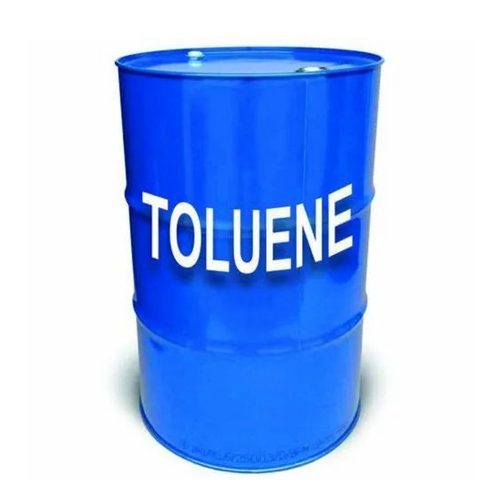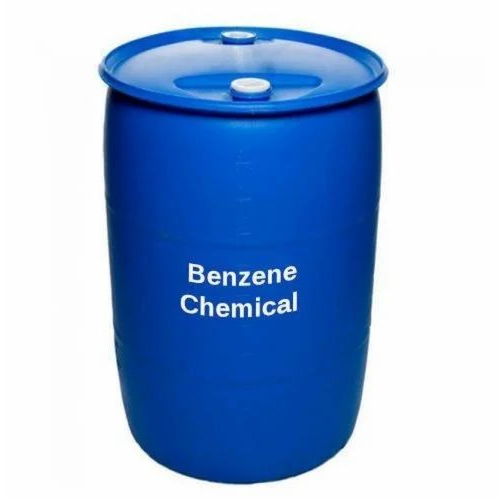Welcome to Our Company
Dimethylformamide (DMF)
75 INR/Kilograms
Product Details:
- Chemical Name Dimethylformamide (DMF)
- Type PVC Solvent
- Physical State Liquid Coating
- Usage Industrial
- Click to View more
X
Dimethylformamide (DMF) Price And Quantity
- 200 Kilograms
- 75 INR/Kilograms
Dimethylformamide (DMF) Product Specifications
- Industrial
- Liquid Coating
- Dimethylformamide (DMF)
- PVC Solvent
Dimethylformamide (DMF) Trade Information
- 10000 Kilograms Per Day
- 1 Week
- Asia Australia Central America North America South America Eastern Europe Western Europe Middle East Africa
Product Description
Dimethylformamide DMF is a colorless liquid organic compound that is miscible with water and many organic solvents It is commonly used as a solvent in various industries including pharmaceuticals polymers and chemical processing Specifications for DMF typically include various parameters that ensure its purity quality and safety Here are some common specifications
Purity DMF typically has a high purity level often 99 or higher Impurities are generally specified to be at very low concentrations often less than 01 or even parts per million ppm
Moisture content The water content in DMF is an essential specification as it impacts its performance as a solvent Low moisture content is preferred often less than 01 or lower
Acidity or alkalinity Specifications might outline the acceptable range for acidity or alkalinity in DMF The pH range could be specified to ensure it meets certain standards
Residue after evaporation This refers to the residue left behind after the solvent evaporates Its typically specified to be very low often less than 0001
Boiling point and melting point The boiling point of DMF is around 153C 307F and it typically remains a liquid at room temperature The melting point is around 61C 78F These values might be specified within a certain range
Appearance DMF is usually a clear colorless liquid Specifications might mention the absence of any visible impurities or haziness
Miscibility DMF should be highly miscible with water and other common solvents
Safety and handling information Specifications might also include information about safety precautions storage conditions handling procedures and transportation guidelines to ensure safe usage
These specifications can vary based on the intended use and industry standards Manufacturers and regulatory bodies often set specific standards to ensure the quality and safety of DMF for its various applications
Its important to note that while these are common specifications they might differ among manufacturers or regions due to different industry standards or regulatory requirements
Tell us about your requirement

Price:
Quantity
Select Unit
- 50
- 100
- 200
- 250
- 500
- 1000+
Additional detail
Mobile number
Email








